Many retirees today find themselves in a unique financial position: rich in home equity, but limited in monthly income. With pensions fading and Social Security under pressure, home equity has become one of the most powerful financial tools available to older homeowners — with the average homeowner holding over $300,000 in equity.
Fortunately, 2025 brings several favorable conditions for reverse mortgage borrowers — especially those around age 70, an age that often unlocks stronger borrowing limits and long-term planning advantages.
Favorable 2025 Reverse Mortgage Conditions
- FHA Lending Limit Increased:
The HECM national lending cap is now $1,209,750, nearly $60,000 higher than last year. - Stable Interest Rate Climate:
Although rate cuts have temporarily paused, lower rate levels from 2024 continue to support stronger borrowing capacity.
Together, these changes create one of the best environments in years for a 70-year-old exploring a reverse mortgage.
So, How Much Can a 70-Year-Old Borrow Right Now?
HECM reverse mortgage loan amounts are based on age, interest rates, and home value, using a calculation called the Principal Limit Factor (PLF).
At age 70, current PLFs average around 41% of your home’s value (up to FHA’s national lending cap).
Borrowing Examples at Age 70
| Home Value | Estimated Maximum Gross Proceeds (Age 70, ~41% PLF) |
|---|---|
| $500,000 | ≈ $205,000 |
| FHA Cap: $1,209,750 | ≈ $495,997 |
Important: These figures are before deductions such as closing costs, mortgage insurance premiums, mandatory payoffs, or Life Expectancy Set-Asides (LESA). Your net available proceeds will be lower.
What If the Home Is Worth More Than the FHA Cap?
In that case, you may consider a proprietary jumbo reverse mortgage, which is privately funded (not FHA-insured) and can allow borrowing amounts of $4 million or more, depending on the lender.
How to Maximize Reverse Mortgage Benefits at Age 70
1️⃣ Choose the Right Payout Format
- Lump Sum – Immediate large payout at a fixed rate
- Monthly Payments – Income-style cash flow
- Line of Credit – Most flexible; unused funds grow over time
2️⃣ Lock in an Interest Rate
Some lenders allow rate locks up to 120 days, helping protect your borrowing power during the application process.
3️⃣ Shop Fees and Closing Costs
Different lenders charge different amounts. Lower origination or waived fees can significantly increase your net proceeds.
4️⃣ Work with a Reverse Mortgage Specialist
A HECM-experienced professional can:
- Avoid costly mistakes
- Explain LESA, MIP, and payout impacts
- Align the loan with your retirement and estate goals
Bottom Line
For a 70-year-old homeowner, this is a particularly strong moment to evaluate a reverse mortgage. With high FHA limits, favorable age-based factors, and strong home equity levels, many borrowers can unlock substantial value — without taking on monthly payments.
However, every financial decision at this stage must be carefully aligned with retirement goals, long-term planning, and estate considerations. The smartest move? Work with a qualified reverse mortgage advisor, tax professional, or financial planner to ensure this strategy works for your future.

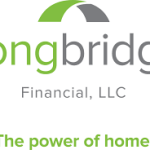
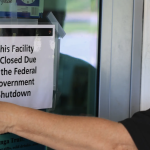


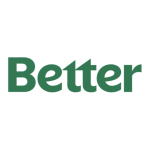
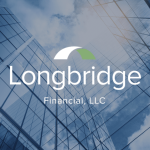
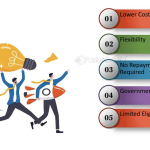
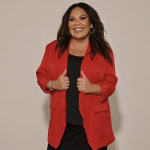
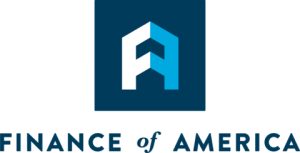
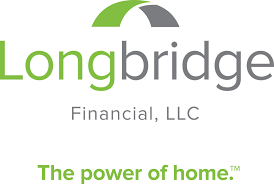
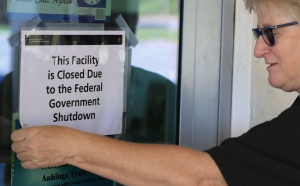


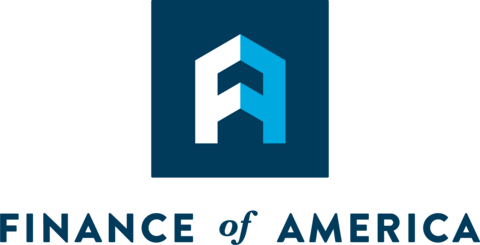
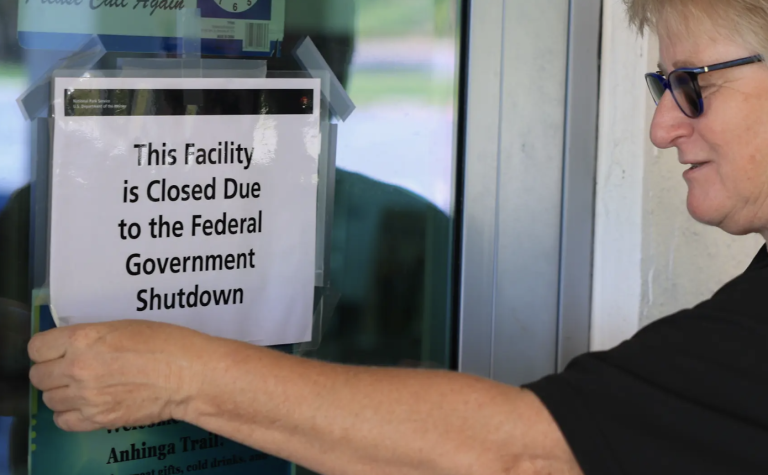

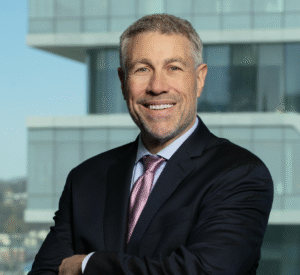



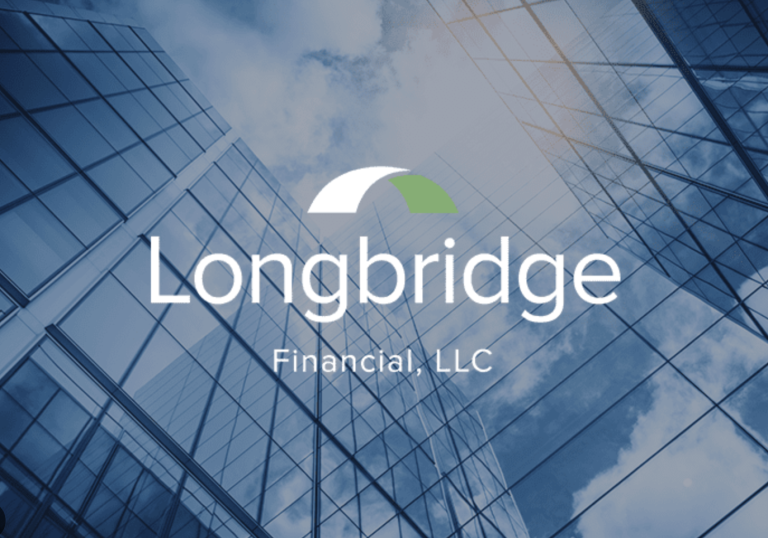
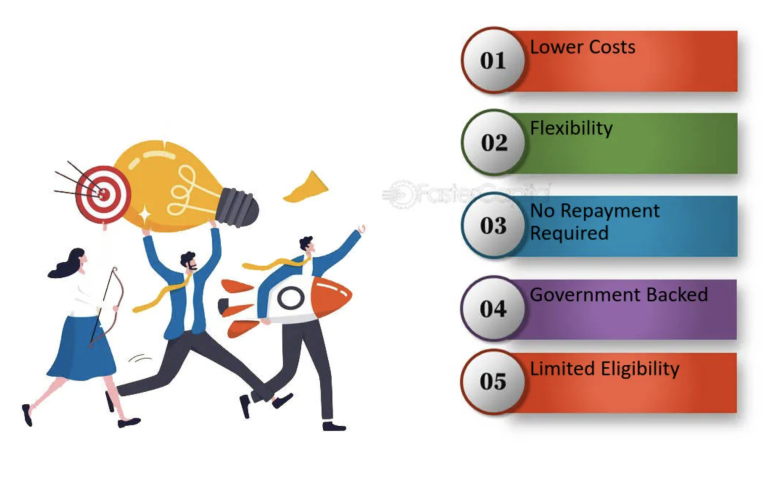
+ There are no comments
Add yours